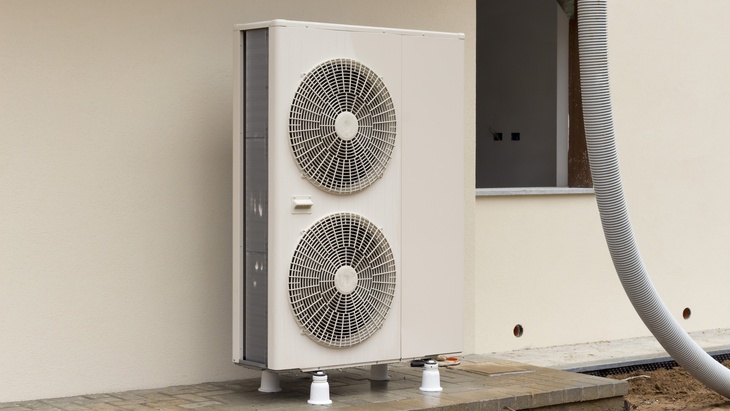Heat pumps are becoming increasingly well-known as a sustainable and efficient option for cooling and heating homes. They work by transferring heat, rather than creating the heat through combustion, which makes them a sustainable choice for climate control. Here’s a comprehensive guide to knowing the heat pump (tepelné čerpadlo) as well as their advantages and applications.
How Heat Pumps Work
At their heart the heat pumps work on the principle of heat transfer. They employ a refrigeration process similar to one used in refrigerators and air conditioners, to move heat from one place to another. In winter, a heat pump pulls heat from outside atmosphere (even when it’s cold) and transmits it inside to provide warmth. In the summer months, it can reverse the process to function in the role of an air conditioner expelling heat from the inside to the outside.
Types of Heat Pumps
Air Source Heat Pumps (ASHPs) They tend to be the most popular and utilize the outside air as a source of heat or sink. They are relatively easy to set up and work effectively in a variety of climates.
Ground Source Heat Pumps (GSHPs): Also known as geothermal heat pump, these systems make use of the stable temperature of earth. They involve burying a loop of piping underground to transfer heat. GSHPs tend to be more efficient but involve higher installation costs due to the necessity for excavation of the ground.
Water Source Heat Pumps: These extract heat from water sources such as a lake or pond. They are extremely efficient, but they need to be near an appropriate water body.
Benefits of Heat Pumps
High Efficiency in Energy: Heat pumps are highly efficient, usually providing 3-4 times more heating energy to a home than the electrical energy they consume. This efficiency leads to lower energy bills and reduced environmental impact.
The environmental impact: Through reducing reliance on fossil fuels and reducing greenhouse gas emissions they are a more sustainable option as compared to traditional heating systems such as oil or gas furnaces.
Flexibility: Heat pumps provide both heating and cooling which makes them a year-round solution. They can be integrated with existing systems, and can be combined with solar panels to further reduce energy costs.
Considerations
Climate suitability: Although heat pumps are able to function in different conditions, their effectiveness may reduce in cold temperatures. Certain models are built to perform well even in the harsh winter weather.
Installation Costs: The initial installation may be expensive, particularly when it comes to ground sources. However, long-term savings on energy bills as well as potential government incentives can reduce these costs.
Maintenance Regular maintenance is essential to ensure the highest performance and long-term durability. This includes checking refrigerant levels, cleaning filters, and inspecting the components.
In the end the heat pumps are an efficient and eco-friendly option for managing indoor climate. Understanding the various kinds and their benefits will help you make an informed decision on the best type of heat pump the right choice for your home.


